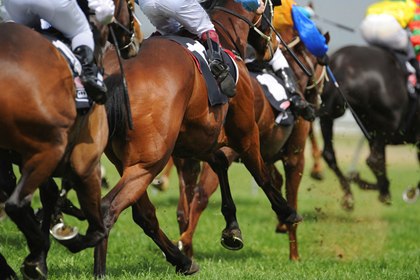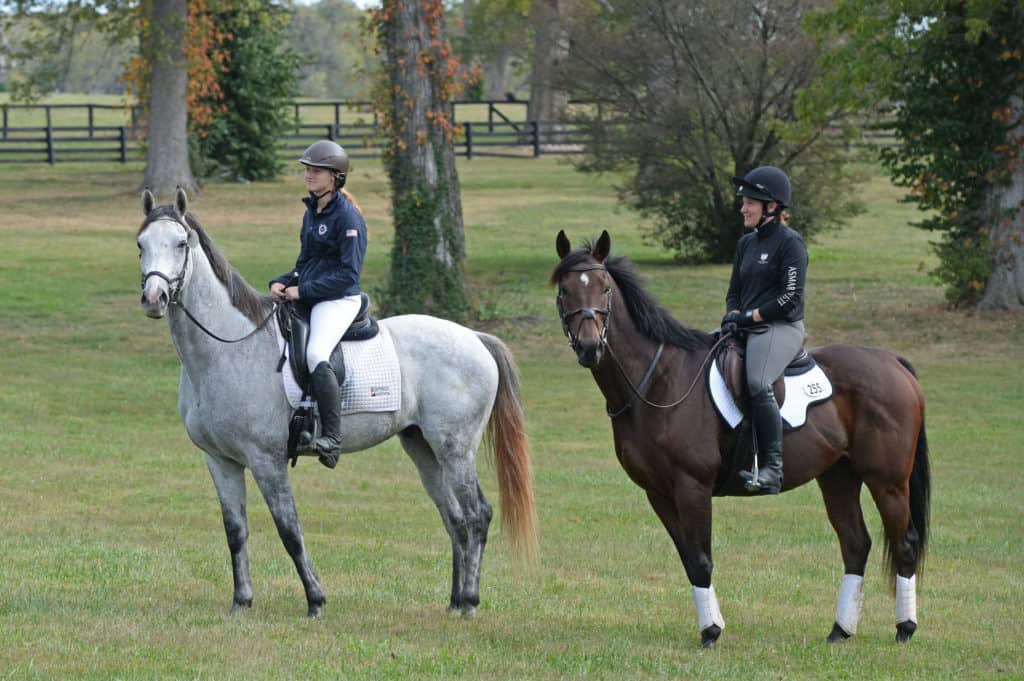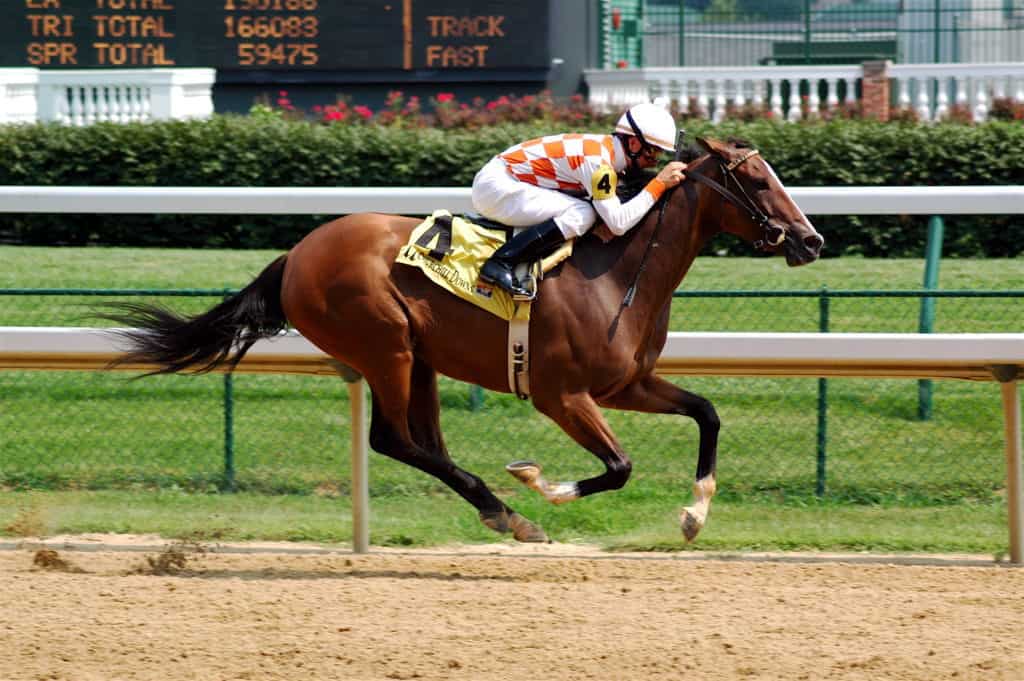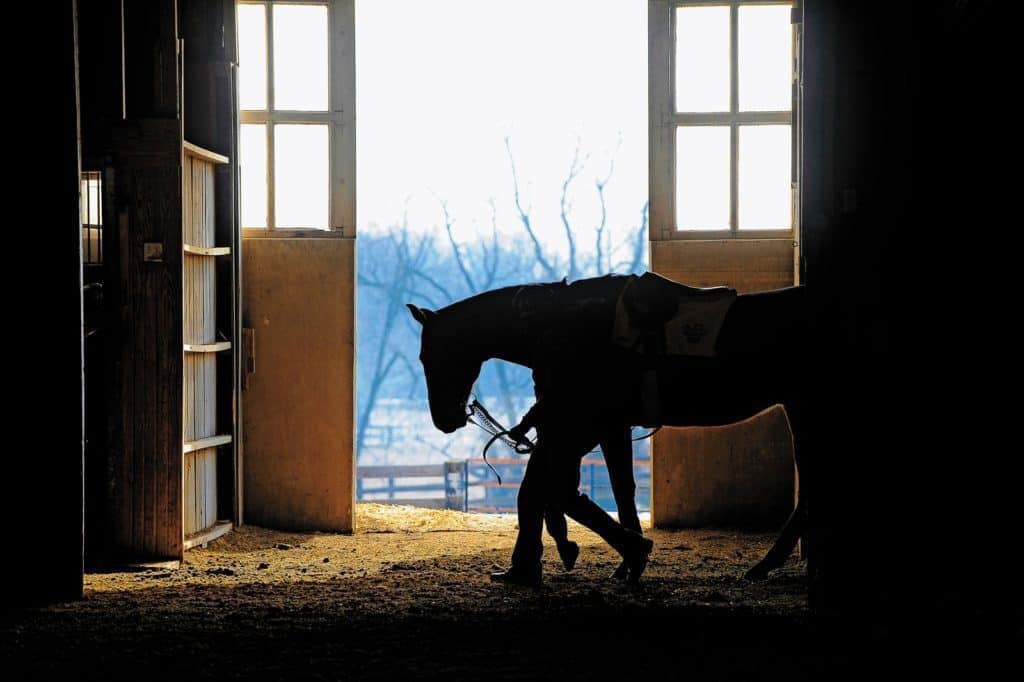
Catastrophic Injuries in Racehorses: Impact of Lameness, Medication, and Surgery
Researchers found no apparent link between previous surgery and catastrophic injury, but they did identify associations with medication use and lameness.

Researchers found no apparent link between previous surgery and catastrophic injury, but they did identify associations with medication use and lameness.

The BHA reviewed the 2018 Cheltenham Festival following the deaths of six horses during the jump racing event’s four days that of a seventh horse euthanized shortly after due to surgery complications.

Researchers have discovered the inner workings of a known “speed gene” in Thoroughbred racehorses, which directly affects skeletal muscle growth and, in turn, race distance aptitude.

Hronis Racing’s Accelerate rolled from just off the pace to prevail as the 5-2 favorite in Saturday’s $5,358,000 Breeders’ Cup Classic (Grade 1) at Churchill Downs, in Louisville, Kentucky.

The Breeders’ Cup World Championships is the biggest two days of championship Thoroughbred racing each year and the Classic is its marquee event. Here are some quick facts about the race and some of its 2018 contenders.

Here’s a look at the past, present, and future of Thoroughbreds as sport horses.

Before you take the plunge, learn what to be wary of as well as what to expect when choosing an ex-racehorse.

A simple color change, based on new research into how horses perceive color, could make jump racing fences in Britain safer, scientists say.

Stanley’s research interests include drug testing methods to detect biopharmaceuticals, natural products, and designer drugs; developing new anti-doping approaches; and establishing an equine biological passport project.

Selective breeding has led to a Thoroughbred uniquely adapted to modern racing’s demands. But it’s also led to inbreeding, and with that has come some less favorable genetic issues.

Researchers are examining inflammatory and anti-inflammatory markers’ efficacy as early indicators for potential catastrophic injuries in racehorses.

The summit, which was organized and underwritten by Grayson-Jockey Club Research Foundation and The Jockey Club, featured discussions on topics ranging from disaster preparedness, jockey injuries, and equine injuries to racing integrity, Thoroughbreds as sport horses, and racing surfaces.

Sessions on pre-race veterinary examinations, documentation, medication rules, and more.

New industry rules intended to improve horse welfare by decreasing whipping frequency might actually go against the principles of operant training and, specifically, negative reinforcement, one equitation scientist says.

Many Thoroughbreds start racing at 2, but Justify didn’t make his first start until he was 3 and won the Triple Crown. Does this mean we shouldn’t start racing horses until they’re older? An equine surgeon and lameness specialist weighs in.

Other topics to be addressed are disaster planning, the Thoroughbred’s versatility as a sport horse, racing surfaces, and more.
Stay on top of the most recent Horse Health news with
"*" indicates required fields